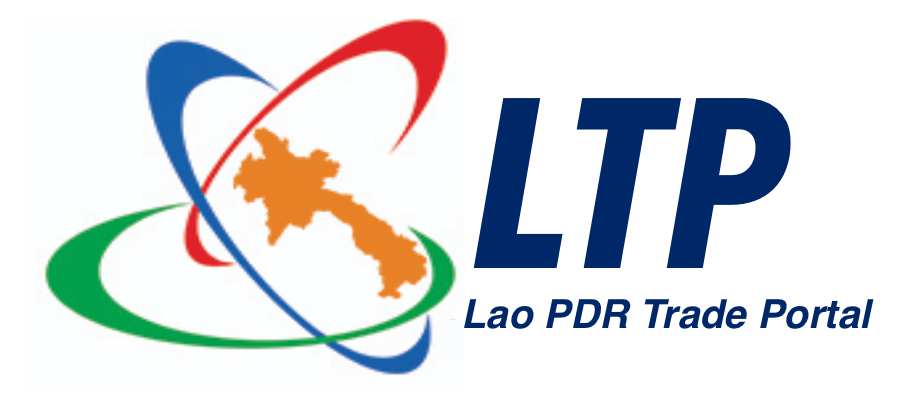In order to enhance the safely and facilitate the export of Laos PDR’s agricultural products such as banana, watermelon and cassava to China, the Ministry of Agriculture and Forestry of Lao PDR and the General administration of quality supervision, inspection and quarantine of China have exchanged views and have reached a consensus on Phytosanitary Requirements for the Export of watermelon, banana and cassava from Laos to China in accordance with the results of pest risk analysis and shall comply with the relevant Phytosanitary laws and regulations of China and Laos as detailed below:
Protocol of Phytosanitary requirements for the export of watermelon from Laos to China
This Protocol of Phytosanitary requirement applies to watermelon fruit which may be exported from Laos to China and shall comply with the relevant Phytosanitary laws and regulations of China, be free of quarantinable pests of concern to China, residues of agrochemical and other toxic substances within the watermelon shall not exceed the legal maximum residue levels stipulated by China law. It should also be free of branches, foliage and soil when exporting through the designated ports in China.
Protocol of Phytosanitary requirements for the export of banana from Laos to China
This Protocol of Phytosanitary requirement applies to bananas which shall be unripe and within 10-11 weeks following flowering while ripe bananas are forbidden to be exported to China. Bananas shall comply with the relevant Phytosanitary laws and regulations of China, be free of quarantinable pests of concern to China and the residue of agrochemical and other toxic substances shall not exceed the legal maximum residues levels stipulated by Chinese law. They should also be free of branches, foliage and soil when exporting through the designated ports in China.
Protocol of Phytosanitary requirements for the export of cassava from Laos to China
This Protocol of Phytosanitary requirement applies to dried cassava root that is produced in Laos and exported to China for use in processing, including cassava chips and pellets. The export of cassava must comply with all applicable Chinese Phytosanitary laws and regulations, be free of living insects, soil and any quarantinable pests of major concern to China and have no impure substances added or mixed intentionally. Contents of toxic and harmful substances, including pesticide residues, heavy metals, microorganisms and toxin, must comply with all applicable Chinese laws, regulations and health and safety standard.
You can download more details by clicking below
| # | Title | Download |
|---|---|---|
| 1 | Phytosanitary Requirements for the Export of watermelon, banana and cassava from Laos to China |  PDF PDF |
Please share your feedback below and help us improve our content.
